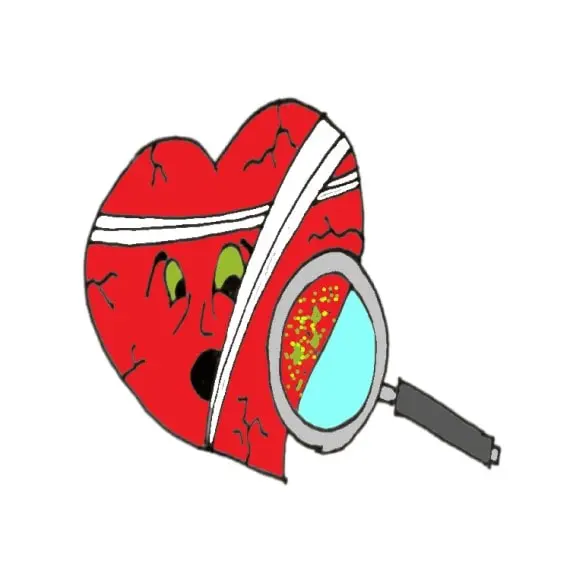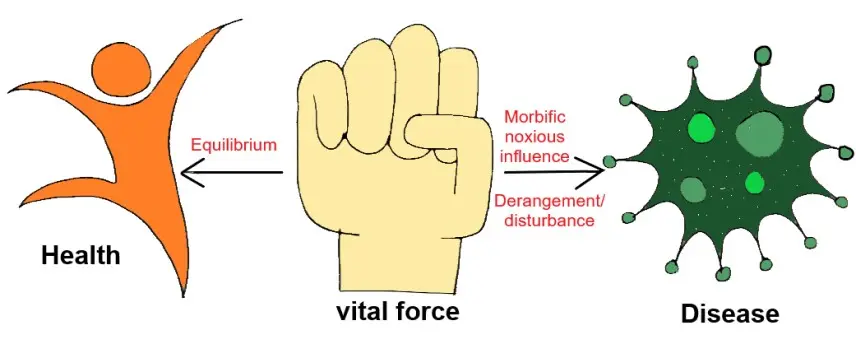
Hello again, in this post we will be discussing about three things, PATHOLOGY, MIASMS AND HOMEOPATHY.
You will learn,
- THE IMPORTANCE OF STUDYING PATHOLOGY IN HOMEOPATHY.
- CONCEPT OF MIASM AND ITS RELATIONSHIP WITH PATHOLOGY.
Table of Contents
ToggleTHE IMPORTANCE OF STUDYING PATHOLOGY IN HOMOEOPATHY
Pathology subject is being taught to Second B.H.M.S. students in their course (same like other medical courses).
To understand the importance of studying pathology and its relationship with homoeopathy let’s understand what the exact meaning of pathology is.
WORD MEANING
The word pathology is a Latin derivative of two words “Pathos” which means “Suffering” while “Logos” means “To study”.
PATHOLOGY= PATHOS (SUFFERING) + LOGOS (TO STUDY)
DEFINITION
Pathology is the branch of biology which deals with the study of cause and effect of the disease along with the structural and functional changes caused by it.
IMPORTANCE OF PATHOLOGY
- Pathology is essential to classify the nature of the disease.
- Helps to perceive prognosis of the case.
- Helps to decide the plan of treatment.
- Helps in Miasmatic diagnosis.
- Helps in selection of potency. the case.
- With the knowledge of pathology, we can prevent the diseases on the first place.
- Pathology also helps to study the Materia medica.
- We can properly follow up the case after the first prescription.
WHAT IS HOMOEOPATHY ?
Homoeopathy is a therapeutic system of medicine which treats the diseases by administering the medicine that can produce exact similar symptoms in a healthy individual.
IMPORTANCE OF PATHOLOGY IN HOMOEOPATHY
In homoeopathy, Selection of remedy is based on the individualistic totality of the patient.
↓
So, Homoeopathic prescriptions of the patient is mainly based on uncommon peculiar symptoms but not on the pathological diagnosis of the disease.
↓
Here is the trick, in order to find out these uncommon and peculiar symptoms of the disease, we must have knowledge of the common pathological symptoms.
↓
This is how, we can rule out the uncommon and peculiar symptoms.
So, the knowledge of pathology helps a homoeopath to form the individualistic totality of the symptoms (of patient).
CONCEPT OF MIASM AND ITS RELATIONSHIP WITH PATHOLOGY
To understand the importance of pathology and its relation to Miasms we need to understand what exactly the Miasm is?
WHAT IS MIASM ?
The word “Miasm” is a Greek derivative of the word “Miasma” which means,
- Contamination by polluting agent
- Malarial poison
- Disease causing factor
- Purulent (pus containing) substance
- Dr. Hahnemann used the term “Miasm” in order to indicate a syndrome (group of signs and symptoms) which he stated as the Miasmatic manifestations.
- Miasm is a disease producing factor which is dynamic in nature and inimical to life.

According to Hahnemann, Health is the equilibrium state of the vital force.
↓
Derangement or disturbance of it results in disagreeable functions and sensations which we call disease.
↓
The cause of this derangement is the morbific noxious influence (Miasm).
↓
So, Miasm is the primary cause of the disease.
↓
Derangement/disturbance of vital force results in abnormal functions (initially) and structural changes (later on).
↓
Hence, pathology is the result of the derangement of vital force by Miasms.
There are Three types of Miasms, PSORA, SYCOSIS and SYPHILIS introduced by Dr. Hahnemann.
Miasms are nothing but the classification of the disease on the basis of pathological state.
The progress of the disease suggests the Miasmatic evolution.
You can better understand with following example-
First stage
A case of boil (infection of single hair follicle) on skin, the first reaction is one of severe pain, redness, restlessness, heat etc. This stage suggests the Psora (acute) Miasm.
↓
Second stage
If the condition remains untreated and the affected part shows inflammatory response with accumulation of neutrophils, this suggests the Sycotic stage.
↓
Third stage
If this infection results in pus formation, this indicates Syphilis.
In above mentioned example, the medicines required in each stage will be different depending on the nature of pathology.
Example-
First stage– Aconite or Belladonna like Psoric medicines.
↓
Second stage– Silicea like Sycotic medicines.
↓
Third stage– Hepar sulph like syphilitic remedies.
This is how, the knowledge of pathological changes (progress) helps us to conclude the Miasmatic state of the disease.
On the base of presenting (prominent) Miasm we can select the similar remedy of that particular state.
Hope you find this article helpful to clearly understand the concepts of PATHOLOGY, MIASMS AND HOMOEOPATHY along with their relationship and usefulness to find the similar medicine.
